Optimal Timing for Windows Installations
Understanding the optimal timing for Windows installations can enhance performance and minimize disruptions. Factors such as seasonal weather, system readiness, and workload schedules influence the best time to undertake these updates or setups.
Spring and fall often provide moderate weather conditions ideal for installations, reducing the risk of weather-related delays.
Performing installations during periods of low system activity can prevent operational disruptions and ensure smoother updates.
Scheduling during off-peak hours or weekends minimizes impact on daily operations and user productivity.
Aligning installations with planned maintenance windows ensures resources are available and reduces downtime.
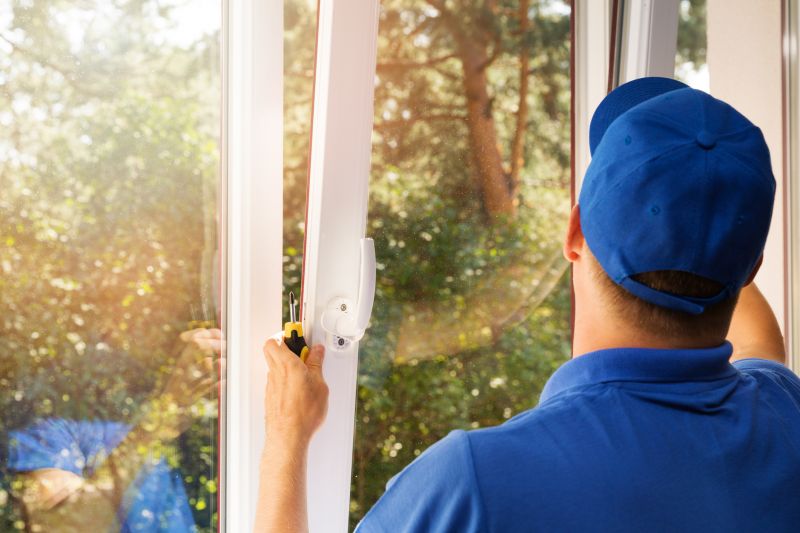
Technicians performing Windows setup during optimal hours.

Planning updates during low activity periods for efficiency.

Preparing hardware and software for installation at suitable times.
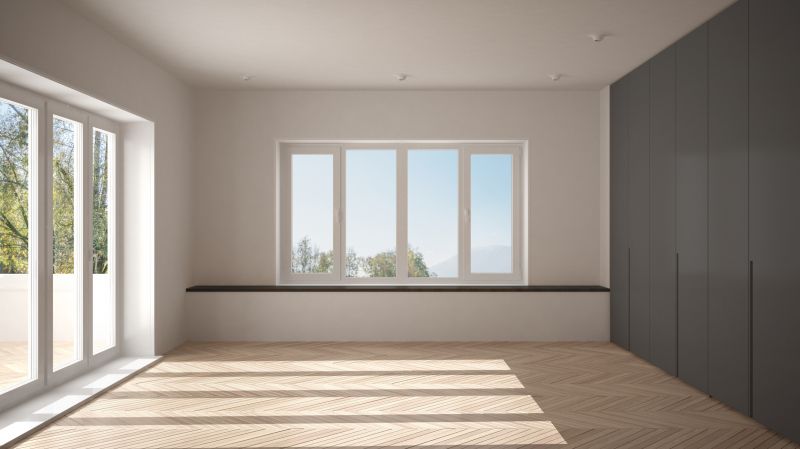
Ways to make Windows Installations work in tight or awkward layouts.

Popular materials for Windows Installations and why they hold up over time.

Simple add-ons that improve Windows Installations without blowing the budget.

High-end options that actually feel worth it for Windows Installations.

Finishes and colors that play nicely with Windows Installations.
| Best Time for Windows Installations | Key Benefits |
|---|---|
| Spring and Fall | Moderate weather reduces installation delays. |
| Weekends and Off-Peak Hours | Minimizes disruption to users. |
| During Scheduled Maintenance | Ensures resource availability. |
| Post-Update Release Periods | Access to latest features and security patches. |
| Low Business Activity Periods | Reduces impact on daily operations. |
| Before Major System Upgrades | Prepares systems for upcoming changes. |
| During Hardware Refreshes | Coordinates updates with hardware upgrades. |
Windows installations are critical for maintaining system security, performance, and compatibility. Proper timing ensures minimal downtime and maximizes the benefits of updates. Regularly scheduled installations can prevent security vulnerabilities and improve operational efficiency.

Technicians installing Windows during scheduled hours.
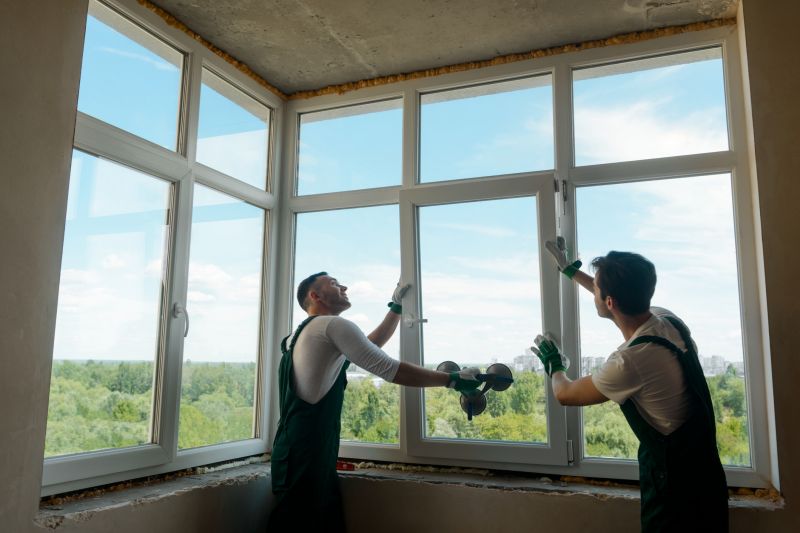
System alerts informing users of upcoming installations.

Ensuring hardware readiness before installation.

Verifying system functionality after setup.
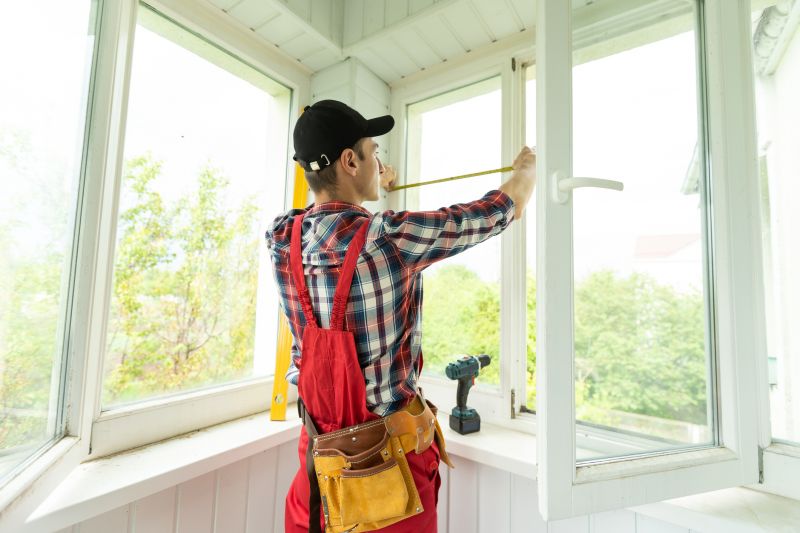
Little measurements that prevent headaches on Windows Installations day.
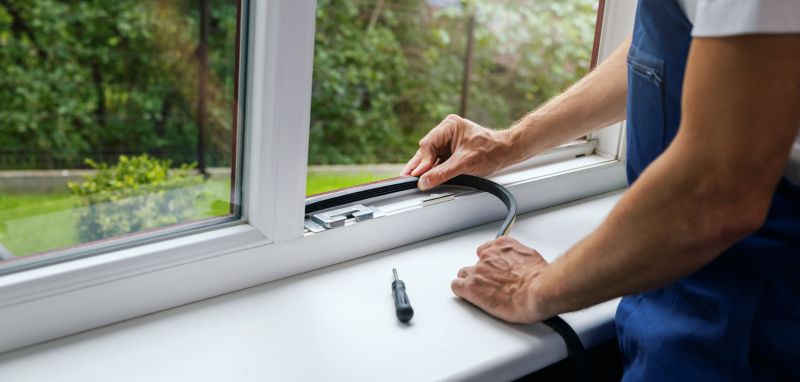
A 60-second routine that keeps Windows Installations looking new.
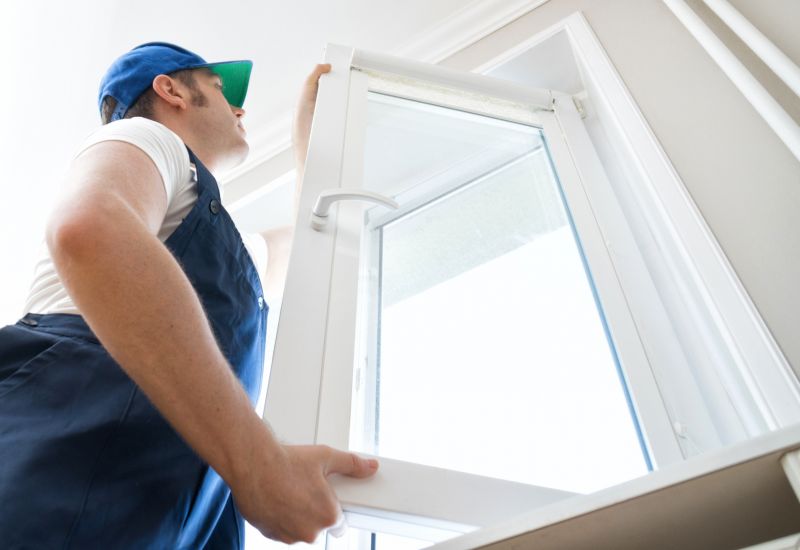
A frequent mistake in Windows Installations and how to dodge it.
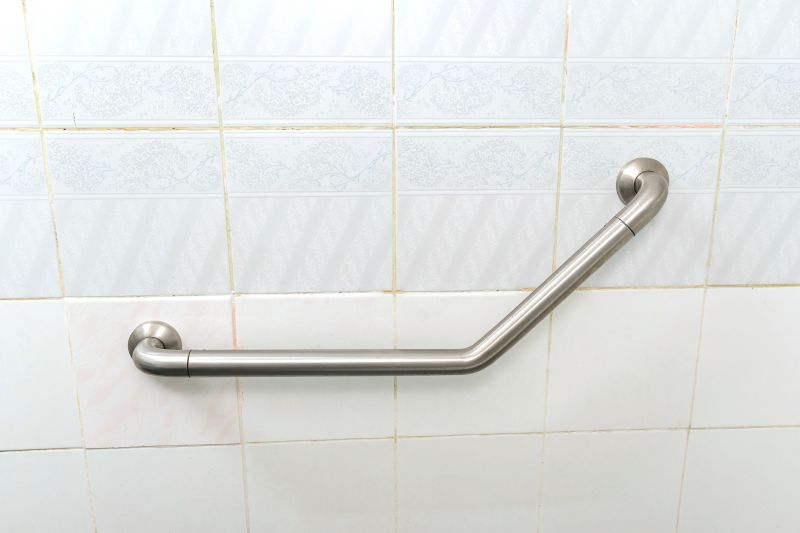
Small tweaks to make Windows Installations safer and easier to use.
Interested in scheduling a Windows installation or learning more about the process? Filling out the contact form can provide additional information and help plan the most suitable timing for system updates.


